Dr Barbara Sturm is the skincare guru to the stars
She invented the vampire facial and has fans in Oprah, Victoria Beckham and Katie Holmes. So who is Dr Barbara Sturm?
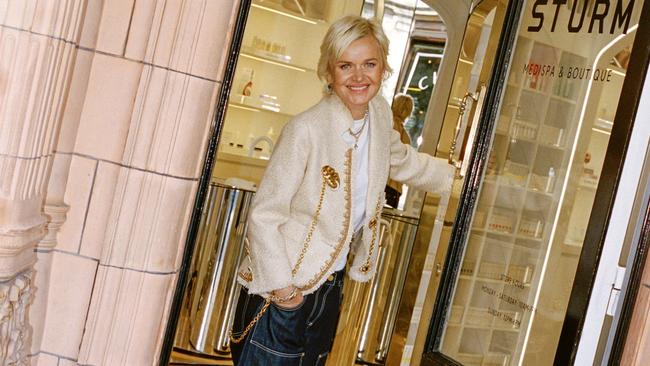
The first time Oprah Winfrey tried Dr Barbara Sturm’s skincare products, in 2019, she immediately rang up her friend Stella McCartney, who had sent them to her, and said, “What is this? What is this?”. Next, she got in touch with Sturm herself. “I want to invest in your company,” she told the German skincare guru. It was the first time Winfrey had done anything like that.
As endorsements go, it doesn’t get much better than Oprah, but it pretty much sums up the world of Barbara Sturm, who has celebrity fangirls the world over, including Katie Holmes, Victoria Beckham and the aforementioned McCartney and Winfrey.
“You remind me of Elizabeth Zott,” – the feisty heroine of Bonnie Garmus’s best-selling novel and subsequent television series, Lessons in Chemistry – I tell Sturm when we meet in her penthouse suite at a London hotel. “Yes, this is my story!” the 52-year-old blue-eyed blonde replies, delighted I’ve compared her to the fictional lab assistant whose scientific brilliance is undermined by fusty, misogynistic doctors. “It was a very educational series – how to gain knowledge and power and be a feminist.”
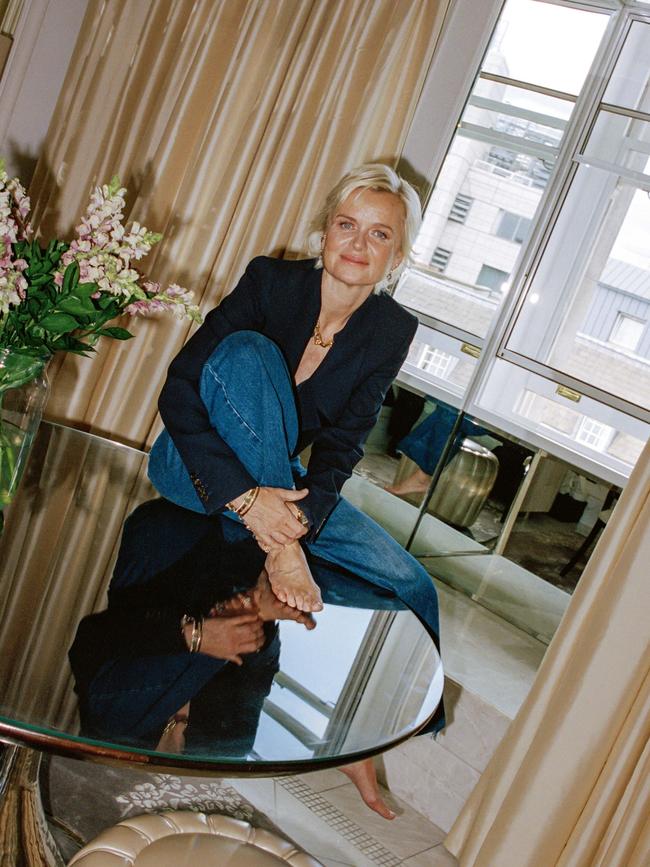
Sturm ruffles her pixie cut, the lines and creases of age visible on her glowing complexion. She will later admit to having Botox and her lips done. “You can get such a lift from it,” she says. “It’s about the way you do it; you can’t tell I’ve had anything done.”
The straight-talking entrepreneur, who originally qualified as an orthopaedic doctor and worked as a lab assistant during her university years, is dressed in a short, black Chanel romper suit (“I am a boy at heart, I love shorts”), a silver Celine T-shirt and Celine rain boots; her arms are covered in at least 10 diamond and gold bracelets.
In a little more than 10 years, Sturm has created one of the world’s most widely recognised beauty brands, including opening spas across the US, Germany and in London. Last year, the Spanish fashion, beauty and fragrance conglomerate Puig, which also owns Charlotte Tilbury, Byredo and Christian Louboutin, acquired a majority stake for a rumoured $350 million.
Sturm is far from your typical doctor. A standard Monday night for the mum of two is dinner with Diane Kruger and Justin Theroux, and she hosts weekly “intimate” soirées in LA, London and New York for friends of the brand, such as Sabrina Elba, Camille Charrière, Kathy Hilton and Derek Blasberg, among others.
But hers is not an overnight success story, not least because of her early years growing up in communist-era East Germany (her family moved to Düsseldorf when she was 11). She has also had to fight naysayers who have questioned her authenticity as a doctor (she is certified, I checked the German medical registry), that she is not a dermatologist (true) and that her products are not verified by clinical trials (again true, more of which later).
While Sturm has won over Hollywood, she faced a loud and clear backlash from top skincare experts for pooh-poohing some of today’s most popular skincare ingredients, such as retinol. “They cause inflammation and are therefore ageing,” she says. “Anything that strips the skin barrier causes inflammation and, as a result, is ageing.”
Is she like Elizabeth Zott, simply a feisty and misunderstood iconoclast, or is there more to her story?
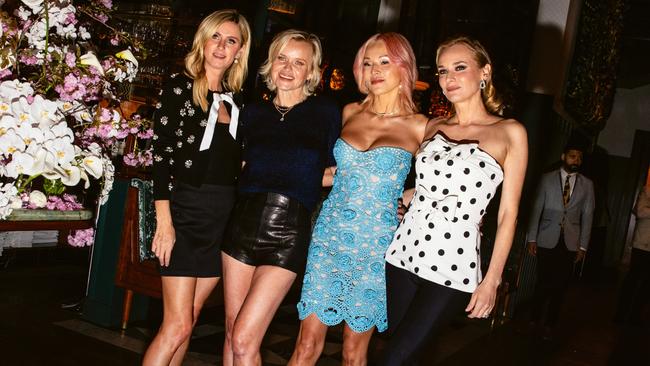
“I knew from the age of four I wanted to be a doctor,” she says, stroking her tanned bare legs absent-mindedly. She describes her young self as bookish and curious, a late developer who never sat still but always applied herself to her studies. She briefly considered becoming a professional skier, but her medical calling was stronger. While at university, she worked as a lab assistant in an orthopaedic hospital, trialling a pioneering joint inflammation treatment in which proteins extracted from the patient’s blood were reinjected into affected areas, such as knees or shoulders, with groundbreaking results.
Her work at the lab piqued her interest – could other areas of the body be treated using the same procedure? She had always suffered from acne and spent a fortune trying every product, with no discernible results. What if she applied the same protocol to her face? “I fixed my skin overnight,” Sturm says.
The procedure, which became known as the PRP (platelet-rich plasma) or vampire facial, is now ubiquitous in beauty salons all over the world. Next, she decided to team up with a pharmacist to formulate a cream (similarly mixed with the client’s extracted blood proteins), which she named MC1. “My patients loved it and I got a lot of attention from the press,” she says. “Things went crazy after that. The most prominent people were asking to see me. My colleagues did not like it.” She says she had to leave the practice. “It was just like Lessons in Chemistry.”
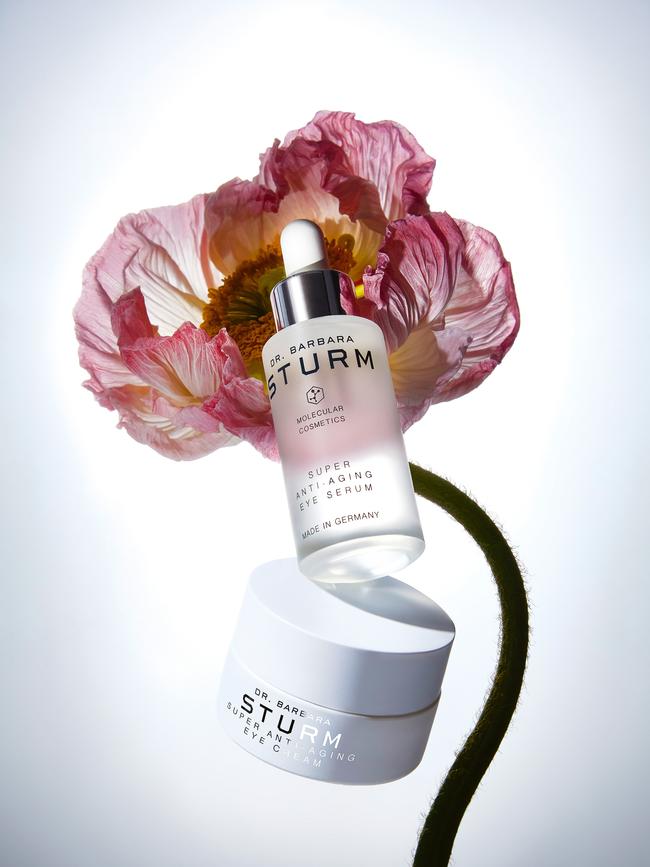
Undeterred, she opened her own clinic in Düsseldorf in 2006 and set about developing a line of blood-free commercial products. At first, she turned to medical companies, which tried to sell her their existing formulations repackaged under her name, a common beauty industry practice known as “white labelling”. “I said, ‘No, I will do it all from scratch’,” she says. The result, which she launched in 2014, was Dr. Barbara Sturm Molecular Cosmetics, her trademark line of anti-inflammatory products, which now includes her Super Anti-Aging serums and moisturisers, and the newly launched Everything Eye Patches, Glow Cream and Super Anti-Aging Dual Serum, as well as hair products. Her launch into skincare propitiously coincided with Net-a-Porter’s expansion into selling beauty products. It immediately took her on. “That was a big deal,” she says.
We discuss the crazy cost of over-the-counter creams today, and while hers are by no means cheap (her bespoke MC1 blood cream, only available at her German clinic, comes in at more than almost $2000), what does she make of today’s pricing? “The beauty industry is mostly a big marketing tool,” she says. “It’s about getting the right celebrity, the right buzzwords – science is the big one right now. Everyone is talking about science this and science that.”
Is this why she has attracted criticism for not putting her products through clinical trials? “My words were taken out of context,” she says. “I’m against all that consumer perception where you’ll see written, ‘90 per cent of customers give this product A+++’, but how do you know how many people tested it? It’s easy to make that statement. A proper clinical trial costs millions.”
The takeaway is that unless you can access peer-reviewed trials of a particular product, the chances are that the statistics are consumer-led and unreliable.
Sturm’s life, from the outside, is one of constant industry: endless product launches, workshops, store and spa openings and appearances with celebrities. It’s a wonder she’s had time for a personal life.
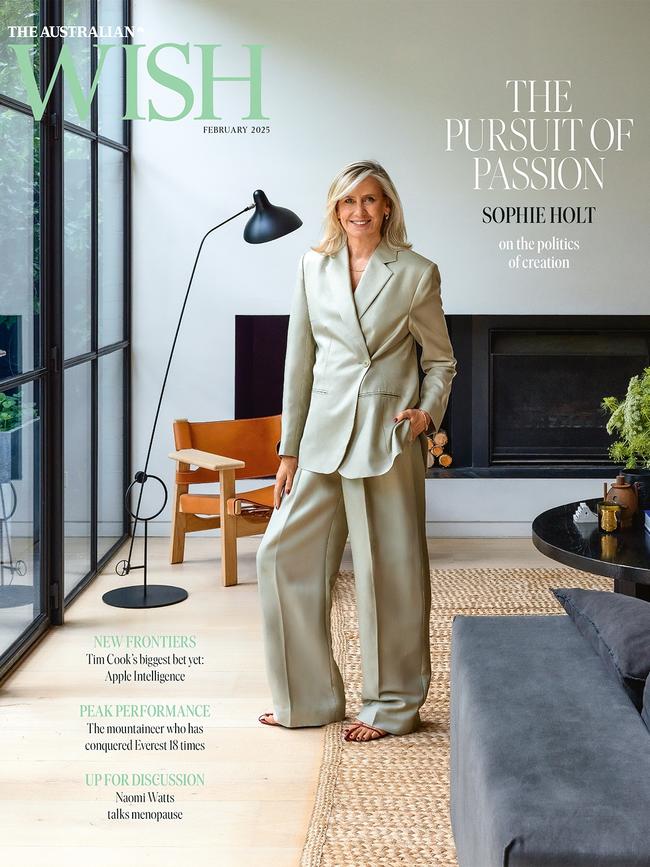
She married first at 23 and had her elder daughter, Charly, before divorcing four years later. (Charley, who is now 28, works alongside her mother on the brand and frequently fronts its social media campaigns. She is primed to eventually take over the brand from her mother). In 2013, Sturm married US lawyer Adam Waldman (he represented Johnny Depp during the infamous Amber Heard trial). The couple share a daughter, Pepper, 10, but have now split. So is she dating? “No … men always try to tell you you’re nothing without them. I thought, ‘Hang on, I am a doctor, I can feed my kids’.”
For the moment, she spends most of her time in the high-end Swiss ski resort of Gstaad. “I wanted a lifestyle beyond my work life, it’s what I wanted for my children. It’s a simple and healing life. I walk around in sweats. I train with a ski instructor every day.” Does she consider it home? “For now, it’s home,” she replies.
Now that she is wealthy, is she ready to slow down? “I made it, then I forgot I made it, so it’s always next, next, next. I care about results, I care about my patients. If you don’t love my products, I’m personally offended,” she says with a final steely but amused look.
This story is from the February issue of WISH.


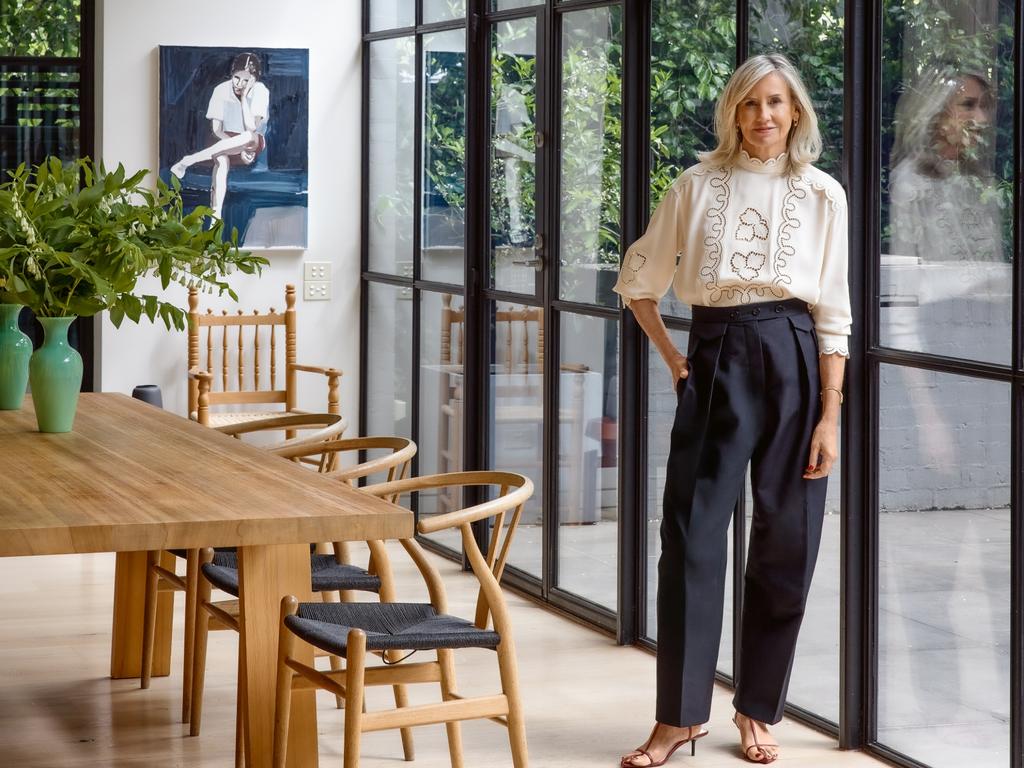

To join the conversation, please log in. Don't have an account? Register
Join the conversation, you are commenting as Logout